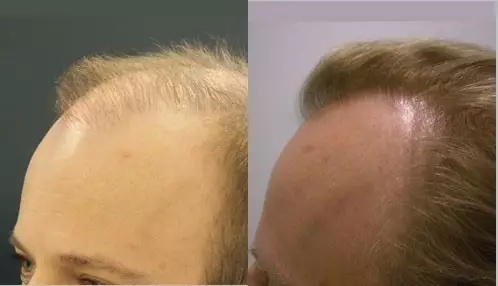Reconstruction hair transplant
The FUE Ilter Method (FUE IM) makes it possible to help clients who earlier would have been considered impossible to treat.
Reconstructing a natural hairline is a regular procedure. An unnaturally reconstructed hairline tends to be too straight and thin. It also is often made of grafts that contained too many hair follicles and has a “doll hair” look.
With FUE IM, during a reconstruction we can easily divide the large groups of follicles from the original transplant procedure and reposition them in optimal formations. FUE IM can also be used to cover large scars perhaps caused by earlier transplants or another plastic surgery operation.
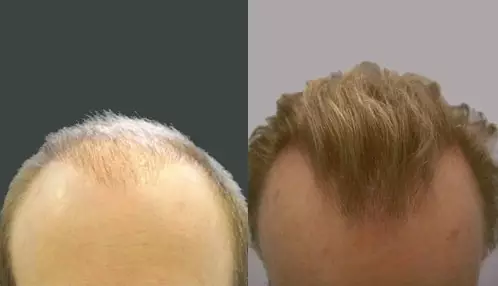
Observera den naturliga hårlinjen och den höga tätheten i fronten efter endast en behandling med 1200 hårsäcksgrupper.
The patient was a hairdresser who had previously undergone two FUT/STRIP procedures that had given him a thin hairstyle. The patient was not happy with the density and the unnatural look and wanted help to improve both aspects as much as possible.
MD Ilter: Despite the patient having undergone two previous operations, the results were thin and insufficient. We transplanted 1,200 grafts to the patient’s front hairline to improve the situation and the results were beyond his expectations.
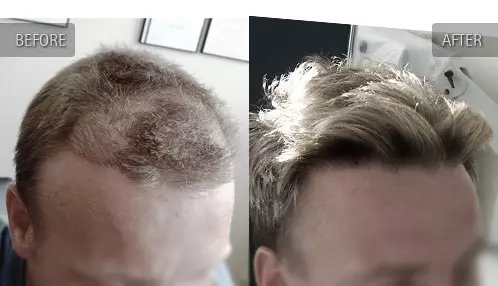
The patient lost the hair behind his fringe at a very early age. His low self-esteem led him to choose a FUT/STRIP operation and a so-called “FUE procedure” at another clinic. The operations failed. The area was thin and the patient chose to hide his hair under a cap for a number of years. His social life was dramatically affected the patient came to the Ilter Clinic in search of a natural look with hair that has a high density in the affected area. He dreamed of one day coming out from under his cap.
MD Ilter: By strategically placing 1,600 grafts in the affected area, we achieved optimal density, hid the scarred and uneven skin, and even reversed the unnatural look.
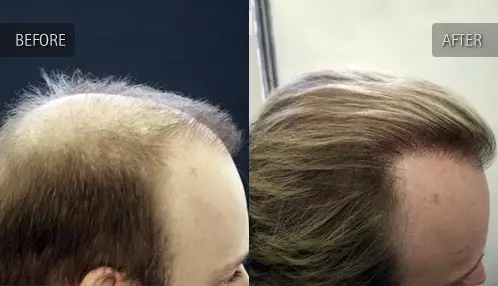
The patient had been through two FUT/STRIP operations at another clinic. Because of his skin’s reduced elasticity, the other clinic said it was impossible to help him with further FUT/STRIP operations. The patient wanted to regain a hairstyle that reflected his expectations for normal hair density and natural looks.
MD Ilter: We recreated a fuller and more natural-looking hairline by utilizing the entire donor area, including the sides and the areas around the scars that were not already damaged. We positioned 2,000 grafts in total during three sessions with a few months between each treatment. This way we were able to avoid putting too much stress on the donor area.
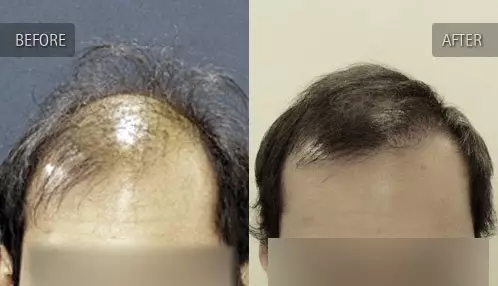
The patient had undergone an FUT/STRIP operation, but he was very unhappy with the density and the angle of his hair growth. The results were unsatisfactory after the first procedure, so they had offered to do the second for free. However, the results after the second procedure were just as bad as the first. He wanted high-density hair that grew in the right direction and at a natural angle.
MD Ilter: The patient had previously received 3,000 grafts from another clinic. The result was highly unsatisfactory. The hair was thin and grew at an unnatural angle. There were also long scars on the back of his head. We transplanted 1,600 grafts to his crown to create a natural swirl that was a more genuine pattern of growth and helped to increase the density of his hairline.

